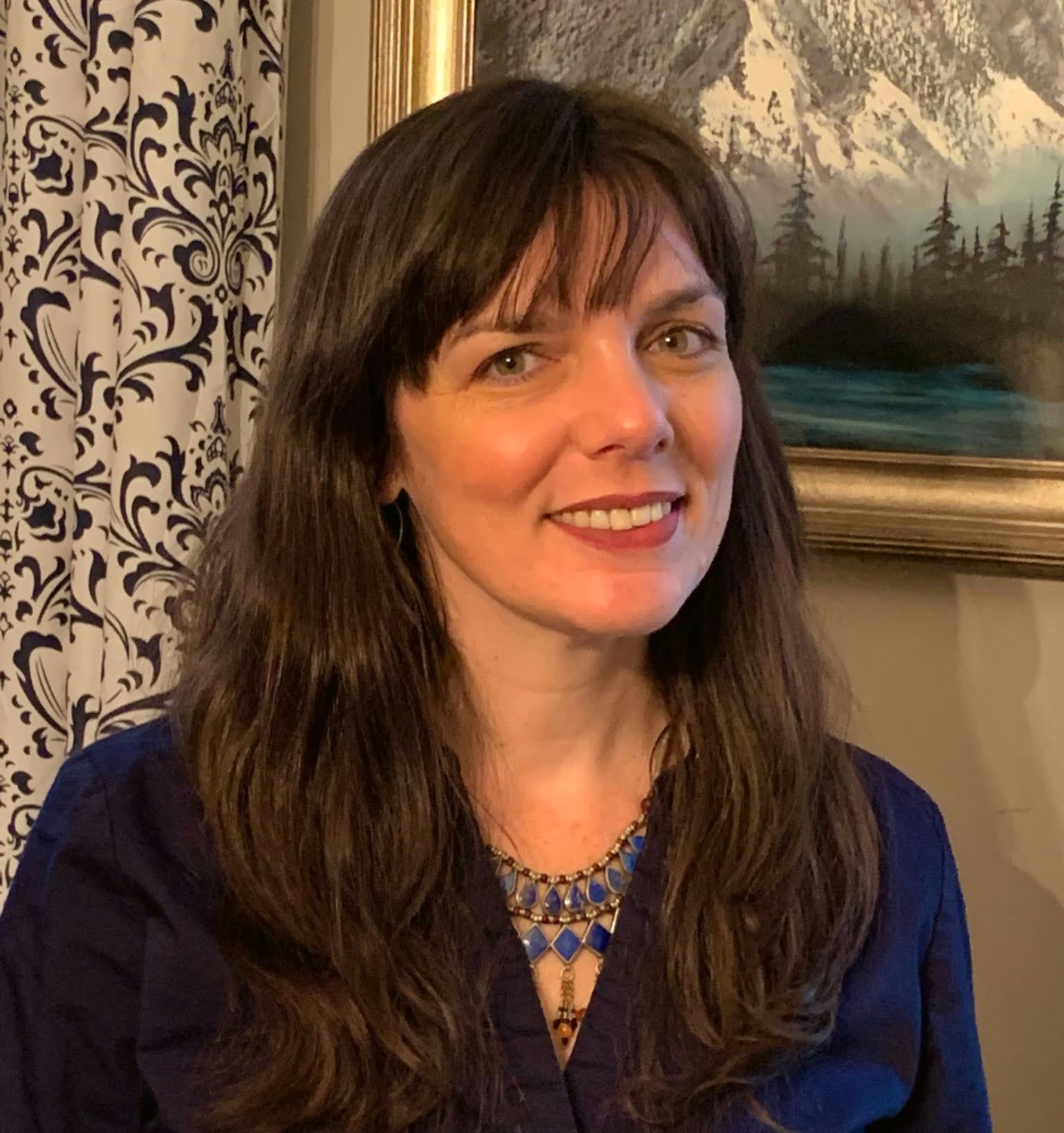Disassociation in Trauma Recovery
- Anna Kilmer

- Aug 1
- 4 min read
In mental health terminology, the word dissociation refers to an internal process by which the mind makes two things that are actually connected seem disconnected. This disconnection occurs naturally and spontaneously. Everyone dissociates sometimes. It’s a perfectly ordinary and often helpful part of human experience. Many people also experience troubling dissociation that makes life harder rather than easier. Dissociation, essentially, creates an illusion of separation. We can use the word Dis-Association to describe an experience of actual separation, so that two things that once were or seemed connected are in actual fact connected no more.
Traumatic flashbacks are triggered by associations. For example, if I had a traumatic experience in a particular place, I may associate that place with that experience, consciously or unconsciously. Perhaps that place is likely to be perfectly safe now. This may be irrelevant so long as any part of me continues to associate it with the traumatic experience. This is where disassociation can come into play.
Association can be an interpersonal process by which two people or entities connect with each other, or a psychological process by which the brain connects two separate entities. It can also be both. I may associate (interact) with Maria, who has characteristics in common with Bruno. Consciously or unconsciously, my brain also associates these two people with each other based on some shared characteristics. The more conscious I become of who my brain associates with whom, and why, the easier it is to discern which associations are helpful and which aren’t. If, for example, I’m drawn to so and so because they dress like someone who was good to me in the past, it would be helpful to notice this so that I can better assess this new person based on more salient characteristics. How a person dresses may not say anything terribly useful about how good or bad they are for me.
Psychological associations can be helpful shortcuts. If I’ve learned through experience that I’m allergic to seafood, it’s helpful for me to associate the smell of seafood with things that aren’t good for me to eat. If, however, my brain associates the smell of seafood with imminent life threat, I may need to do some work on disassociating these two very separate things. It’s not likely to be helpful to have my internal emergency response system activated simply by walking past a seafood restaurant.
Differentiating between helpful and unhelpful associations can be really challenging, especially when it comes to relationships. I’ll circle back to that in a moment. The work of psychological disassociation happens in three stages. Stage one involves becoming consciously aware that there is an association. Stage two involves determining whether or not the association is helpful. Stage three involves severing any unhelpful connections. A whole lot may need to happen in each of these stages – too much for me to cover in this short article. What I will suggest is that once you’ve clearly identified that an association isn’t helpful, it’s important to create new experiences that support new associations. Stage 1: I recognize that I’m having a nervous system response every time I walk past a seafood restaurant because I associate the smell of seafood with an allergic reaction. Stage 2: I determine that there’s no inherent danger in walking past a seafood restaurant. Stage 3: I begin to create new, safe, pleasant experiences as I walk past, so that over time my brain learns to associate this smell with a pleasant walk rather than a scary allergic reaction.
Anyone with a compromised nervous system may struggle to recognize what is or isn’t safe in relationships. If I often feel unsafe, how am I to know whether it’s you or me when I feel unsafe with you? One thing that can be helpful is to actively orient ourselves to the present. Remind yourself of how old you are, who you’re engaging with, and the context of your engagement with this person. It can also be helpful to work on finding people with whom you do feel safe, while simultaneously disassociating yourself from people and environments that don’t feel safe. Over time, as you have less experiences that feel unsafe and more experiences that feel safe, you become more able to recognize what safety looks and feels like for you. We have to be willing to disassociate from unsafe people, even when it's not yet clear what makes us feel unsafe with them. We also have to be willing to disassociate from people that do feel safe when the evidence suggests that they aren’t. For many people, any sense of connection feels safer than no connection at all. Making decisions and doing the work of disassociation needs to be a mind and body experience – what does my gut tell me AND what does my head tell me.
Disassociation can be a complex, layered process that happens over time. Thank goodness our brains and nervous systems are capable of association. It’s okay that an association that was helpful once winds up impacting you in unhelpful ways later on. You may need lots and lots of new and good experiences to shift the unconscious associations you’ve already made. Our world is in constant flux, our brains and bodies are always changing, and we’ll always have learning and growing to do.


